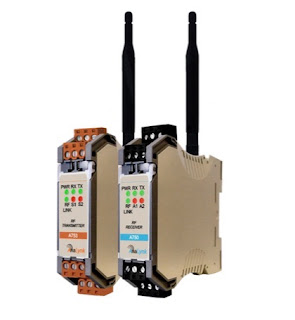 |
| In-line refractometer for industrial processing Courtesy Electron Machine |
The ultimate focus of industrial refractometry is to describe what is in a final product or output of a process step. A field which relies directly on the results of refractometry is gemology. Gemological refractometry is crucial for accurately identifying the gemstones being classified, whether the gemstones are opaque, transparent, or translucent.
Other common examples of industrial refractometry uses are measuring the salinity of water to determine drinkability; figuring beverages’ ratios of sugar content versus other sweeteners or water; setting eye-glass prescriptions; understanding the hydrocarbon content of motor fuels; totaling plasma protein in blood samples; and quantifying the concentration of maple syrup. Regarding fuels, refractometry scrutinizes the possible output of energy and conductivity, and for drug-testing purposes, refractometry measures the specific gravity, or the density, of human urine. Regarding food, refractometry has the ability to measure the glucose in fruit during the fermentation process. Because of this, those in food services know when fruit is at peak ripeness and, in turn, also understand the most advantageous point in the fruit’s “lifetime” to put it on the market.
The determination of the substance composition of the product examples listed above all speak to the purpose of quality control and the upholding of standardized guidelines; consumers rely on manufacturers not only to produce these products but also to produce these products consistently and identically every single time. Therefore, the success of commercialism, etc. is dependent on maintaining the standards for the composition of substances, i.e. industrial refractometry.
Equipment manufacturers have developed numerous refractometer configurations tailored to specific use and application. Each has a set of features making it the advantageous choice for its intended application. Product specialists can be invaluable sources of information and assistance to potential refractometer users seeking to match the best equipment to their application or process.
Analynk manufactures wireless communications equipment to connect process measurement instruments with remotely located process monitors and controllers. Their products enable customers to make connections across the room, across the plant, across the highway, and around the globe.





